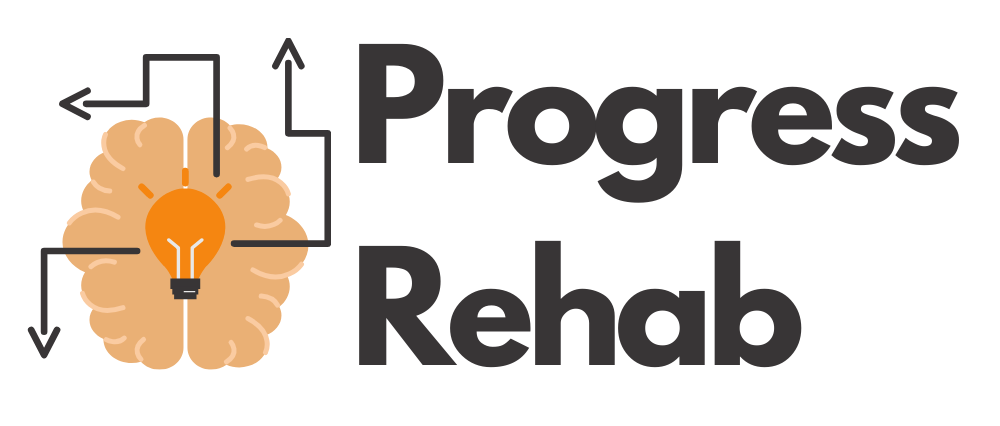Types of evidence-based addiction treatment therapies:
Acknowledgment and responsibility treatment (ACT)
ACT is a kind of advising and mental intercession which urges opening up to disagreeable emotions, recollections and encounters and figure out how to respond reasonably and accommodatingly to them, tolerating their place in the amazing plan of life and moving in the direction of alleged “esteemed conduct”, managing such negative factors in a way which doesn’t make hazardous driving forces. ACT considers a significant number of the issues to come from ideas spoke to in the abbreviation “Dread” – “Combination with your contemplations”; “Assessment of experience”; “Shirking of understanding”; “Reason-giving for conduct”. Rather than F.E.A.R., it expects us to “ACT”: “Acknowledge your responses and be available”; “Pick an esteemed course”; “Make a move”.
Alcoholics Anonymous (AA)
AA is simply the most well known assistance cooperation for people experiencing substance misuse (liquor abuse). It includes a large number of individual gatherings around the world, facilitating gatherings at which people dependent on liquor who wish to attempt to have a calm existence come to share encounters and counsel, give and get support, and appreciate basic friendship. Gatherings are normally free and open to anybody focused on carrying on with an actual existence liberated from liquor misuse, their friends and family, and individuals who need guidance paying little heed to their connection to liquor abuse. AA depends on the renowned 12-advance model where heavy drinkers are urged to follow each progression and work towards a calm life.
Workmanship treatment
Workmanship treatment utilizes imaginative articulation as a helpful method, permitting patients to discover benefits during the time spent making craftsmanship just as investigating the mental experience of such inventiveness in exchange among patient and advisor. Workmanship treatment regularly incorporates various other restorative models and thoughts. Every craftsmanship specialist may have his/her own methodology. Be that as it may, at its center the estimation of workmanship treatment rests in the inventive experience and the investigation of what is made, and how. A straightforward definition is that given by the British Association of Art Therapists: “a type of psychotherapy that utilizes workmanship media as its essential method of articulation and correspondence.”
CBT Therapy
CBT utilizes discourse among advisor and patient to concentrate on, challenge and change antagonistic points of view, convictions and practices, to improve passionate regulationand to create individual adapting techniques and mental safeguard component. Specialists work to assist patients with identifying their own negative subjective contortions and to build up their own techniques so as to accomplish distinguished objectives and abatement negative social appearance. CBT goes back to the primary portion of the twentieth century, and has since become a backbone of treatment arrangement, used to treat a wide range of scatters.
Counselling
“Counseling” covers an extremely wide range of exercises. The specialized meaning of “directing” and “instructor” differs starting with one purview then onto the next – yet in a general sense alludes to the arrangement of exhortation and backing to a patient by an individual advisor. In contrast to numerous types of psychotherapy, the instructor will offer their own thoughts on what the patient ought to do and how they should address their particular difficulties. Advisors might be prepared in other remedial methods and might be experts with extra capabilities.
Dialectical behaviour therapy (DBT)
DBT is a type of psychological conduct treatment (CBT) which consolidates commonplace intellectual social methods with ideas, for example, trouble resistance, care and acknowledgment, some of which have been taken from Buddhist reflective practices. It requires the patient to see their specialist as a partner in the treatment of their mental issues. In the interim, the specialist attempts to acknowledge and approve the patient’s feelings at some random point while simultaneously giving them how a portion of their practices might be negative and offering unrivaled other options. DBT looks to have the patient change their conduct and gain new aptitudes, moving in the direction of “an actual existence worth living” as characterized by the patient.
Experiential treatment
Experiential treatment utilizes exercises, for example, acting or pretending, and instruments, for example, props, music, guided symbolism and imaginative articulation to reproduce genuinely noteworthy encounters which have influenced the patient. Remembering such encounters empowers the customer to distinguish the feelings related with elements, for example, disillusionment and confidence, and to work to investigate and conquer negative feelings, for example, disgrace, outrage and pain which might be connected to the encounters which they are examining and which may drive substance misuse. Experiential treatment is given in a scope of various settings and is frequently conveyed in blend with other helpful models.
Family treatment
Family treatment – frequently known as family and foundational psychotherapy – empowers relatives and others in cozy connections to cooperate to recognize and investigate testing manners of thinking and feelings in a protected domain. They can value each other’s needs and wants, see each other’s encounters and thoughtsand work together to make changes in their connections when vital. In fixation treatment, family treatment perceives the effect of compulsion on other relatives and tries to make the fiend mindful of the harm brought about by their habit. At the equivalent time,the advisor limits the misery and disgrace which such mindfulness may cause, rather demonstrating how the adoration and backing of relatives can help.
Gathering treatment
In contrast to most types of psychotherapy, bunch treatment includes at least one specialists working with a gathering of a few patients (numbers differ, however commonly somewhere in the range of three and 10) simultaneously. Cooperating to investigate shared issues and difficulties, the gathering may contain patients at various phases of treatment. Gathering treatment helps confidence and certainty as patients cooperate, share qualities and offer help and guidance. Patients may think that its simpler to investigate troublesome encounters and feelings in the organization of other people who feel comparative things and have had comparative obstructions to survive. Distinctive treatment models might be given in bunch settings.
